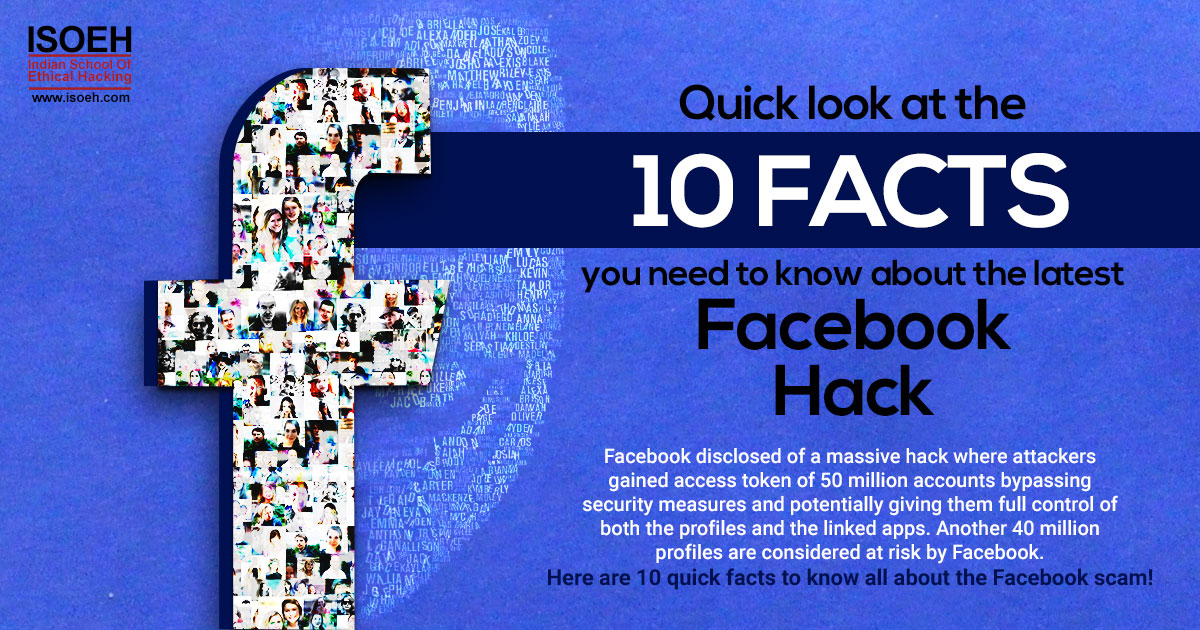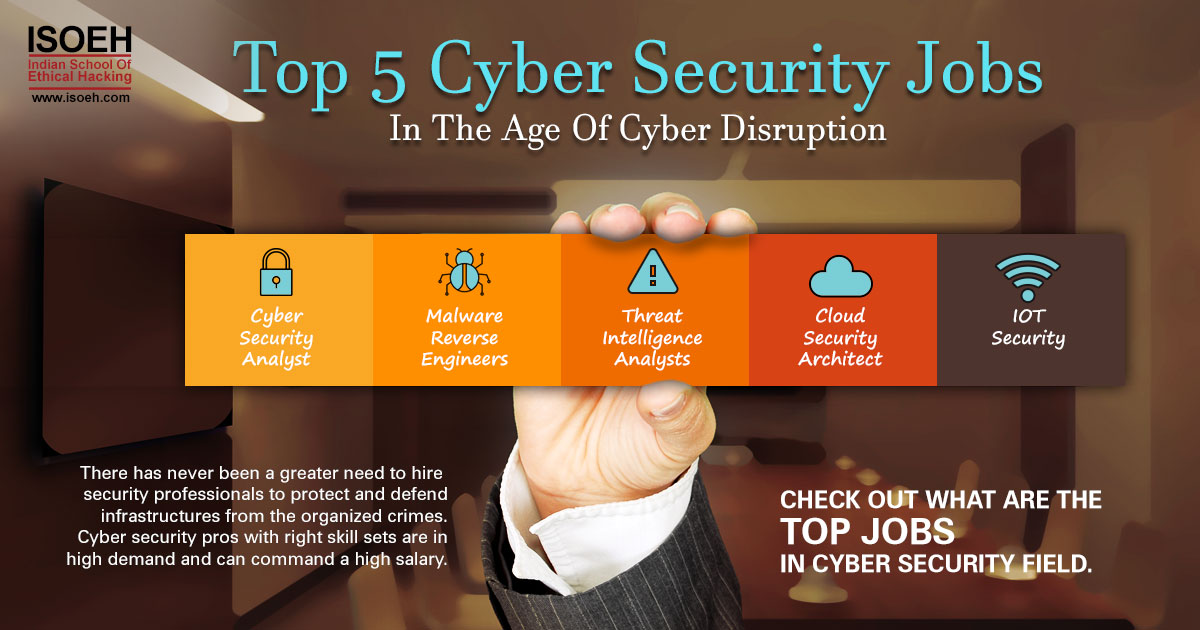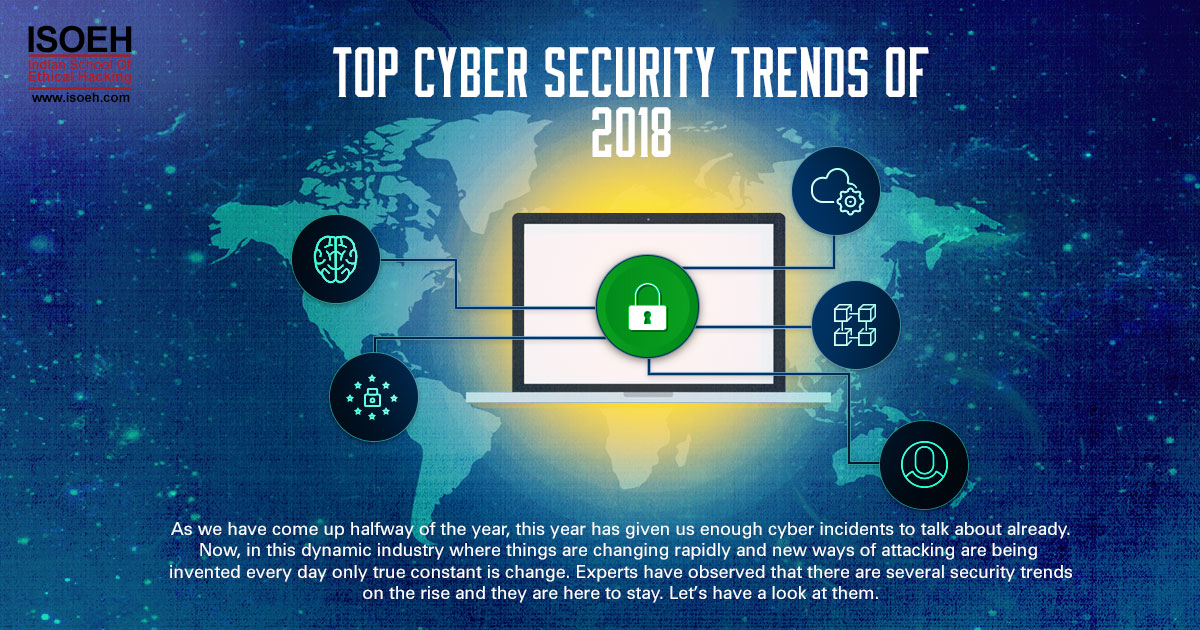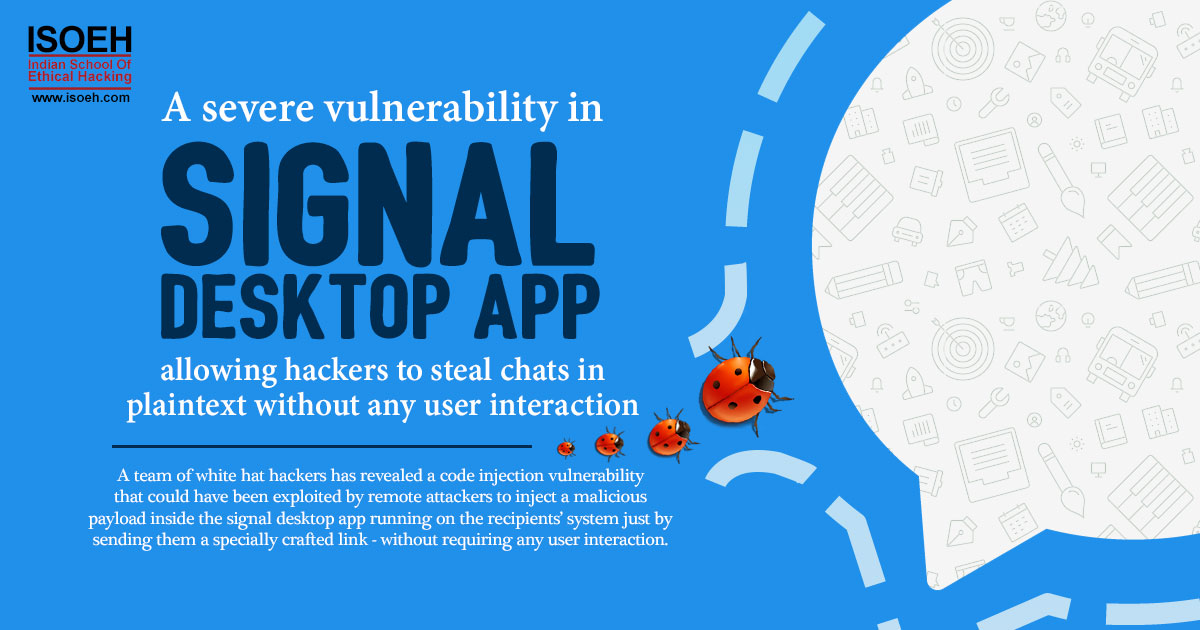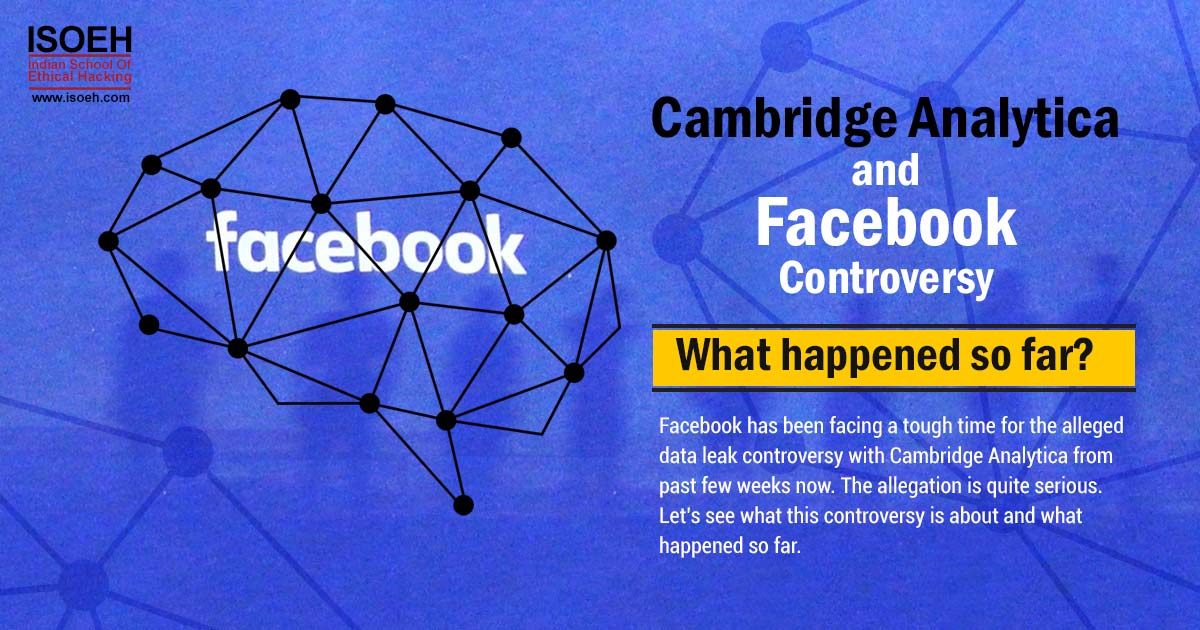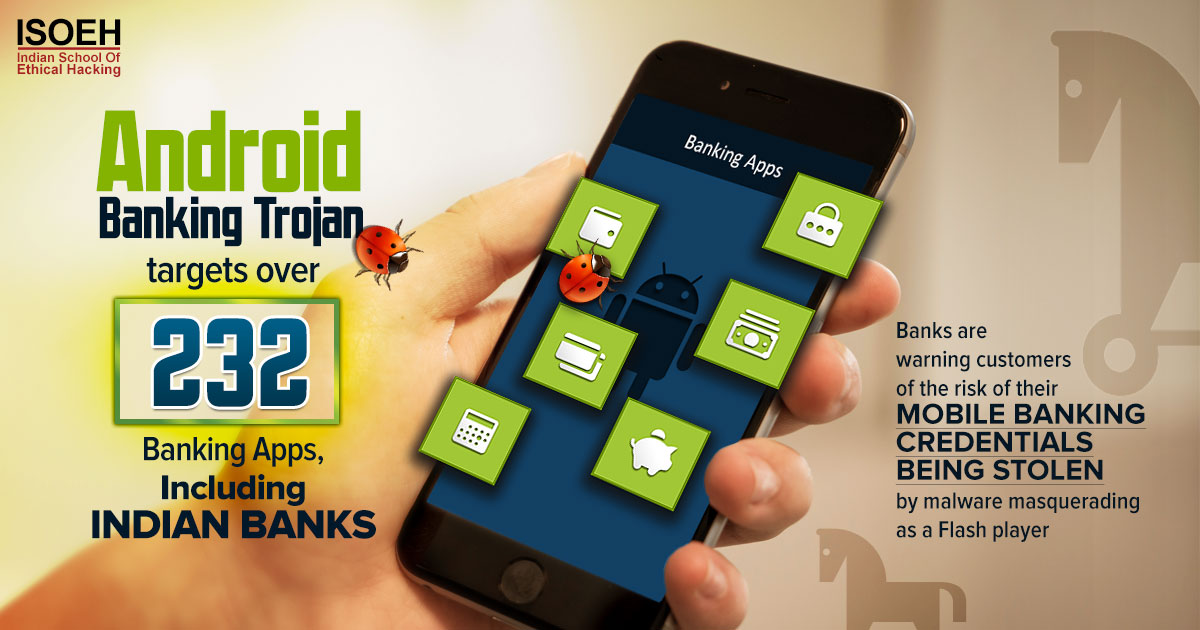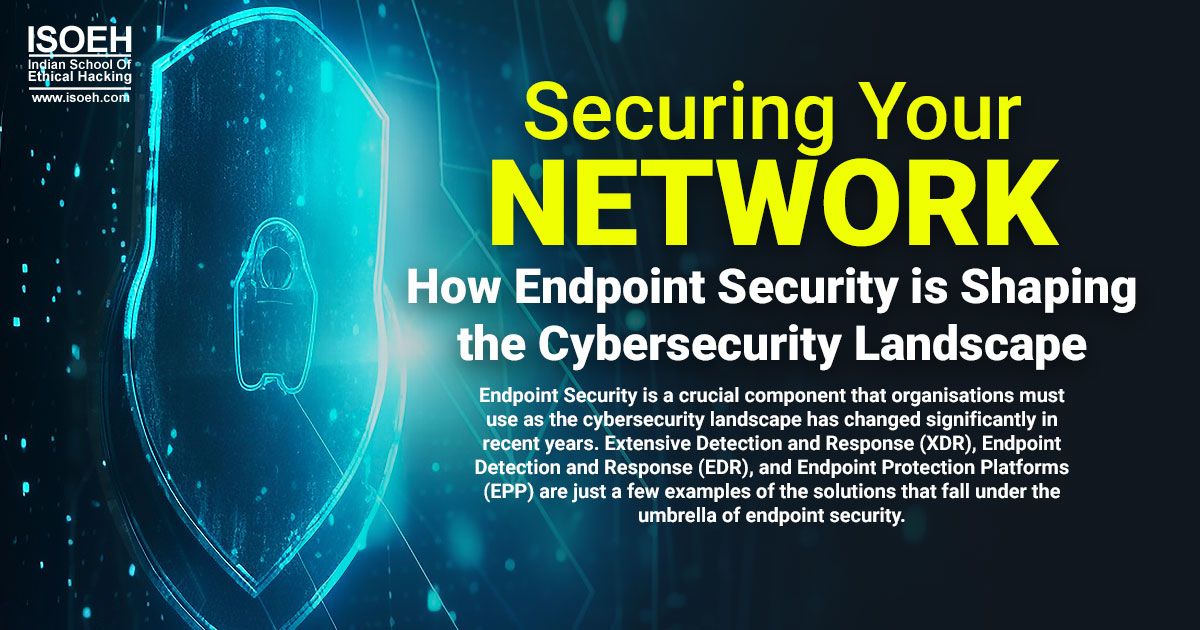
Contents
Introduction
 No matter the size, every business has what we term a digital parameter. This parameter includes all of the hardware, also known as endpoints, that is connected to your IT network as well as the cybersecurity safeguards. In addition to mobile and IoT devices, these may also comprise laptop and desktop computers. Your digital perimeter grows and gets more permeable as more people connect to the network, increasing the likelihood of hacker intrusions.
No matter the size, every business has what we term a digital parameter. This parameter includes all of the hardware, also known as endpoints, that is connected to your IT network as well as the cybersecurity safeguards. In addition to mobile and IoT devices, these may also comprise laptop and desktop computers. Your digital perimeter grows and gets more permeable as more people connect to the network, increasing the likelihood of hacker intrusions.
The reason is simple! Recent years have seen a significant shift in the cybersecurity landscape, with more advanced attackers requiring extremely sophisticated defences. Every connected endpoint serves as a new entry point for users and hackers to access your most valuable digital assets. Of course, the connected endpoints themselves are vulnerable to a variety of cyberattacks, such as ransomware, crypto-jacking, and fileless malware.
Modern cybersecurity solutions must include endpoint security as a key element. Organisations can increase their degree of security by incorporating Endpoint Protection Platforms (EPP), Endpoint Detection and Response (EDR), and Extended Detection and Response (XDR) into their IT infrastructure.
Worse yet, some endpoints that link to your company's IT infrastructure do not consistently offer a layer of cybersecurity; instead, they merely apply their default security measures, which are woefully insufficient to thwart hackers. Endpoint Security comes into play in this situation.
How can you leverage it to safeguard your digital assets? This article will hunt through these pressing questions, offering a comprehensive understanding of endpoint security's transformative impact on the cybersecurity landscape.
Endpoint Protection Platform (EPP)
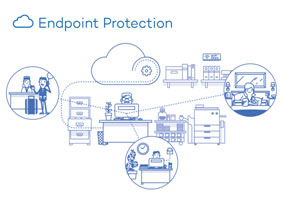 Endpoints must be protected from malicious malware and other dangers that can try to access them through the network or online apps using endpoint protection platforms (EPP).
Endpoints must be protected from malicious malware and other dangers that can try to access them through the network or online apps using endpoint protection platforms (EPP).
EPP systems also offer strong authentication techniques like multi-factor authentication to ensure that only authorised users can access the system, assisting businesses in protecting their data from unauthorised people or bad actors trying to get access through phishing attempts or other ways.
Endpoint Detection & Response (EDR)
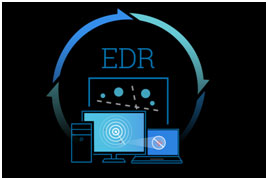 Deep monitoring of events on particular devices or systems is made possible by endpoint detection & response (EDR) technologies. As a result of the extensive analytical capabilities they offer, security professionals may immediately identify suspicious activity or other anomalous behaviour, making them an effective tool for identifying insider threats or hostile actors who may be attempting to compromise a system.
Deep monitoring of events on particular devices or systems is made possible by endpoint detection & response (EDR) technologies. As a result of the extensive analytical capabilities they offer, security professionals may immediately identify suspicious activity or other anomalous behaviour, making them an effective tool for identifying insider threats or hostile actors who may be attempting to compromise a system.
Organisations can minimise the harm done by successful attacks and cut down on response time by being able to immediately recognise malicious behaviour.
Extended Detection and Response (XDR)
Endpoint, network security, cloud workloads, user activity, applications, data stores, and more are all visible with XDR. Companies can immediately identify problems across all of these points of access and take quick corrective action thanks to an XDR solution.
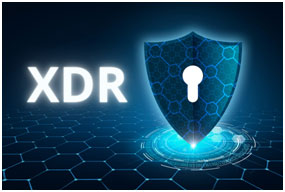 Rapid response times in the event of prospective attacks or other suspicious activity are made possible because of this visibility. Businesses can spot accidents before they turn into significant issues by having real-time information on their operations.
Rapid response times in the event of prospective attacks or other suspicious activity are made possible because of this visibility. Businesses can spot accidents before they turn into significant issues by having real-time information on their operations.
With the help of next-generation endpoint protection, IT security teams can keep an eye on and safeguard all connected devices from a single location, ensuring uniform security across the whole network. Endpoint protection prevents, detects, and eliminates cyber threats like ransomware that would otherwise get past your initial defences thanks to next-generation antivirus capabilities.
Challenges of Endpoint Security Technology and How to Overcome Them
The advent of EPP, EDR, and XDR technologies has hastened the transformation of the cybersecurity landscape. Every organisation must have a thorough plan in place to guard against malicious attacks on endpoint devices. However, there are several difficulties that organisations may run into when it comes to endpoint security because of the rapidly changing nature of technology and the rise in complexity. Budget restrictions, a lack of IT personnel, and the challenge of thoroughly monitoring endpoint behaviour are the most frequent ones.
Budget Constraints
Budget restrictions are one of the greatest problems that organisations encounter when implementing endpoint security. Many organisations lack the financial resources necessary to purchase new endpoint security solutions or improve their existing ones. This is particularly true for small businesses, which might not have the same kind of budgetary resources as larger organisations.
Instead of investing in pricey hardware or software solutions, businesses should concentrate on finding cost-effective options like utilising open-source software and cloud-based services.
Lack of IT Resources
Lack of accessible IT staff with the necessary skills to operate Endpoint Security implementations properly and efficiently is another issue that many organisations deal with. Smaller businesses may lack the funding necessary to expand their workforces or train current employees in new security technology.
Businesses should think about putting money into automated tools like vulnerability scanners and other AI-driven solutions that can free up their IT employees to work on more difficult jobs like threat hunting or incident response.
Monitoring Endpoint Activity
It can be challenging for security professionals to keep track of every device linked to an organization's network for suspicious activity or malicious behaviour. Due to the need to simultaneously detect anomalies across numerous endpoints, organisations should invest in sophisticated detection and response methods like XDR (Extended Detection and Response) and EDR (Endpoint Detection and Response) solutions.
Deploying an EPP (Endpoint Protection Platform) solution can also add an extra layer of security against any potential dangers that might jeopardise the networked devices' security posture.
The implementation of Endpoint Security solutions comes with a number of difficulties, but there are steps that organisations can take to get around these problems by investing in affordable solutions and utilising automated tools and AI-driven technologies for improved threat detection accuracy and quicker incident response times.
The Benefits of Investing in Endpoint Security
Organisations must be alert to safeguard their networks and data from hostile actors since the cybersecurity landscape is continuously shifting. A complete endpoint security solution must now include EPP (Endpoint Protection Platforms), EDR (Endpoint Detection and Response), and XDR (Extended Detection and Response) technologies.
 Enterprises are given the resources they need to keep ahead of threats and comply with security regulations when they invest in these technologies. Businesses can lessen the danger of malicious attacks, which can result in large financial losses, data breaches, or reputational harm, by investing in an efficient endpoint security solution.
Enterprises are given the resources they need to keep ahead of threats and comply with security regulations when they invest in these technologies. Businesses can lessen the danger of malicious attacks, which can result in large financial losses, data breaches, or reputational harm, by investing in an efficient endpoint security solution.
In addition to assisting organisations in preventing harmful attacks, EPP, EDR, and XDR solutions significantly expedite security operations by giving visibility into the entire IT environment. This enables businesses to recognise possible security issues as soon as they arise before any harm can be done.
Organisations that have an EPP solution in place can swiftly patch endpoints affected by newly disclosed vulnerabilities. One of the most crucial measures businesses can take to achieve greater cybersecurity transformation is investing in an advanced endpoint security solution.
IT teams can react fast when necessary thanks to the rich forensic data that EDR solutions provide regarding any malicious behaviour that is discovered on endpoints.
By automatically identifying suspicious activity on endpoints and alerting system administrators, XDR systems give an extra layer of safety. Artificial intelligence (AI) is used in this technology to identify potential anomalies that could be signs of an attack or other harmful behaviour.
These solutions not only offer real-time defence against malicious actors, but they also support businesses in maintaining regulatory compliance and safeguarding their data from loss or theft. Organisations can proactively safeguard their endpoints against a variety of cyber threats by utilising XDR technologies, such as AI-driven detection capabilities combined with extensive patch management capabilities offered by EPP solutions.
Conclusion
Endpoint Security is a crucial component that organisations must use as the cybersecurity landscape has changed significantly in recent years. Extensive Detection and Response (XDR), Endpoint Detection and Response (EDR), and Endpoint Protection Platforms (EPP) are just a few examples of the solutions that fall under the umbrella of endpoint security. These solutions give businesses the ability to safeguard all of their endpoints, including PCs, laptops, mobile devices, etc., in addition to their servers. This all-encompassing defence is essential for a successful cybersecurity transformation.
Organisations are under increasing pressure to keep up with hostile actors who are always seeking to compromise networks and systems with sophisticated threats by staying one step ahead of them. There is a rising demand for insight into user activity across all endpoints as the enterprise boundary continues to become hazier as a result of the proliferation of cloud-based services and other types of remote access.
Endpoint Security enables organisations to discover suspicious activity across devices before it leads to significant data breaches or other cyberattacks by giving a more complete insight into user behaviours on all endpoints linked to a company's network. Organisations may immediately discover possible vulnerabilities by having real-time visibility into user activity on endpoint devices and can then take the necessary precautions before any harm is done.
Many security procedures related to controlling endpoint devices are automated by organisations using these security solutions. In the long run, automation of security procedures can assist in decreasing human mistakes while also increasing efficiency. Adopting Endpoint Security solutions is essential for any cybersecurity transformation project because it improves visibility into all endpoints connecting to an organization's network and allows for swift response to possible threats before they cause substantial harm.
To manage their devices in the ever-evolving cybersecurity landscape, organisations must make sure that their endpoint security tactics are current with the newest trends.
Hacking Tools
Explore All Hacking Tools »
UFTP is an encrypted multicast file transfer program for secure, reliable & efficient transfer of files. It also helps in data distribution over a satellite link.
Read DetailsBreaking News
Breaking News Of Each Month »
The recent pandemic was unexpected and unknown to most part of the world. It has changed our life and we are slowly adapting to our new lifestyle. The risks associated with the new lifestyle, both personal & corporate, are unknown to most of us.
Read Details



